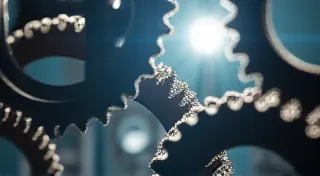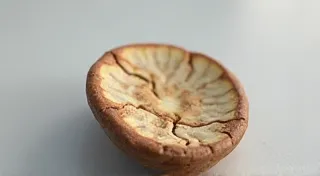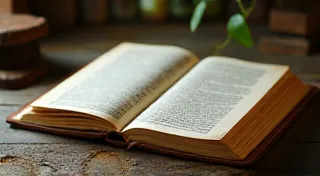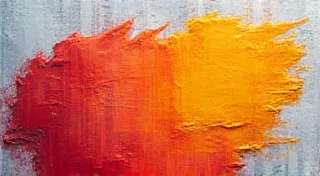The Artist's Hand: Recreating Lost Detail in Damaged Images
There's a quiet beauty in holding a View-Master reel. It isn't just the satisfying click as it advances, or the tactile feel of the cardboard spool, but the promise of a journey contained within those tiny, precisely-arranged images. They are fragments of a vanished world – bustling cityscapes, exotic landscapes, beloved cartoons – captured in a format that demanded both technological innovation and artistry. When those images are damaged, faded, or worse, fragmented, a peculiar grief settles in. It’s not just about losing a toy, but about losing a connection to a past that feels increasingly distant. That's where the true restoration – the artist’s hand – comes into play.
My grandfather, a quiet man of meticulous habits, was a View-Master enthusiast. I remember, as a child, being captivated by the brightly colored reels projecting images of Yellowstone National Park onto the small viewer he kept meticulously organized in a wooden box. Those memories are intrinsically tied to the faint scent of mothballs and the comforting weight of his presence. He’s gone now, but holding a damaged reel – a reel that once brought him joy – feels like a profound act of remembrance, a commitment to preserving a piece of his world. And often, that preservation requires more than just cleaning; it requires *recreation*.
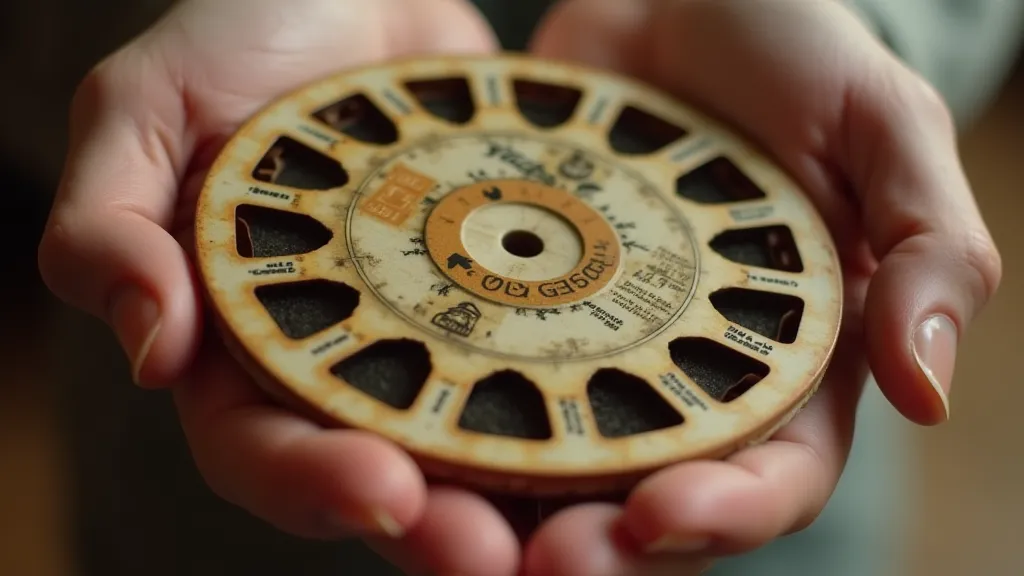
The Challenge: Beyond Surface Cleaning
Most guides to View-Master reel restoration focus on the basics: gentle cleaning with specialized solutions to remove dust, grime, and the occasional sticky residue. These steps are essential, of course. Mold, mildew, and accumulated dirt can significantly degrade the image quality and overall structural integrity of the reel. But when we’re dealing with reels exhibiting more serious damage – scratches, fading, missing pieces of the image – it becomes clear that a more delicate and nuanced approach is needed. We’re no longer just preserving; we're rebuilding.
The key is understanding what constitutes “restoration” versus “reproduction.” True restoration aims to return an item to as close to its original condition as possible. In the case of View-Master reels, this means retaining the original image as the foundation, even if that image is fragmented. Reproduction, on the other hand, involves creating a completely new image based on available references – an approach I generally avoid unless the damage is so extensive that the original is completely lost.
Techniques for Recreating Lost Detail
The methods employed for recreating lost detail are surprisingly varied, often blending traditional artistic techniques with modern digital tools. One common approach involves piecing together fragments of existing images. If a portion of the image is missing, but similar images from the same reel or a similar reel are available, these can be used to reconstruct the missing sections. This requires a keen eye for detail, an understanding of perspective, and a degree of artistic skill.
For more extensive damage, a process akin to digital painting becomes necessary. Using specialized image editing software, the damaged areas are painstakingly rebuilt, referencing other examples of similar images whenever possible. This is not simply a matter of copying pixels; it's about understanding the original aesthetic – the color palette, the shading, the level of detail – and recreating it with accuracy and sensitivity. It's a process that demands patience and a genuine appreciation for the original artwork.
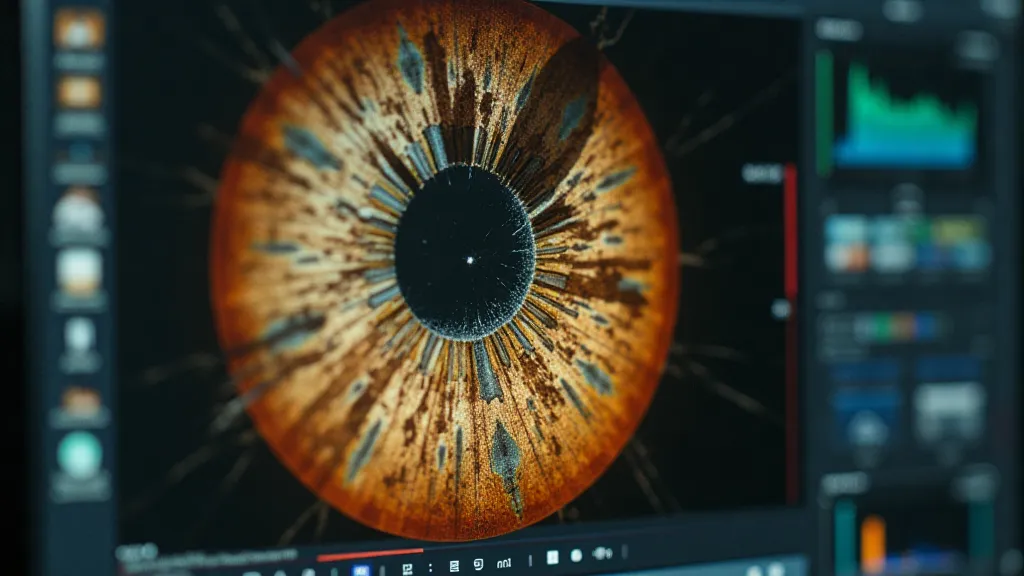
The Role of References and Documentation
Successful image recreation is heavily reliant on accurate references. The more examples of similar reels and images available, the better the chance of achieving a faithful restoration. Antique toy collecting communities are invaluable resources in this regard. Online forums, collectors’ clubs, and libraries often hold extensive archives of View-Master materials. Furthermore, original marketing materials – advertisements, catalogs, and promotional brochures – can provide invaluable insights into the original aesthetic.
Careful documentation is also crucial. Keeping a detailed record of the restoration process – noting the sources used, the techniques employed, and any creative liberties taken – not only aids in future restoration efforts but also provides a valuable historical record for collectors and enthusiasts. It’s a way of acknowledging the intervention and ensuring transparency.
The Emotional Resonance of the Process
Restoring damaged View-Master reels is more than just a technical exercise; it's an emotionally resonant experience. Each reel represents a window into the past, a fragment of someone’s childhood, a moment frozen in time. Recreating lost detail isn't just about fixing an image; it’s about reviving a memory, about reconnecting with a sense of wonder and nostalgia.
I'm often asked if I feel I'm altering the original artifact. The truth is, any restoration, by its very nature, involves some degree of intervention. But the goal is always to be as faithful as possible to the original intention, to preserve the essence of the image, and to honor the craftsmanship of the original creators. The click of the reel advancing, projecting a reconstructed image, feels like a quiet victory – a testament to the enduring power of memory and the artistry of preservation.
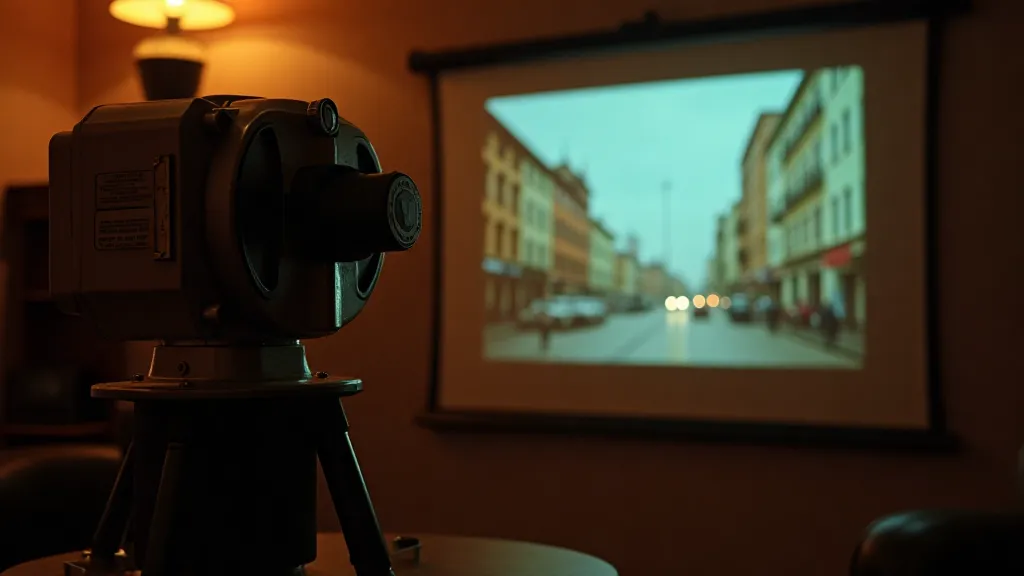
Beyond the Image: The Larger Context
Restoring a View-Master reel provides an opportunity to appreciate not only the artistry of the images themselves but also the larger context in which they were created. View-Masters were more than just toys; they were educational tools, travel guides, and cultural ambassadors. They reflected the aspirations and anxieties of a generation fascinated by technology and eager to explore the world. Understanding this larger context enriches the restoration process and deepens our appreciation for these remarkable artifacts. The quiet click of the reel is more than just a mechanical sound; it’s a whisper from the past, inviting us to journey back in time and rediscover the magic of a bygone era.
